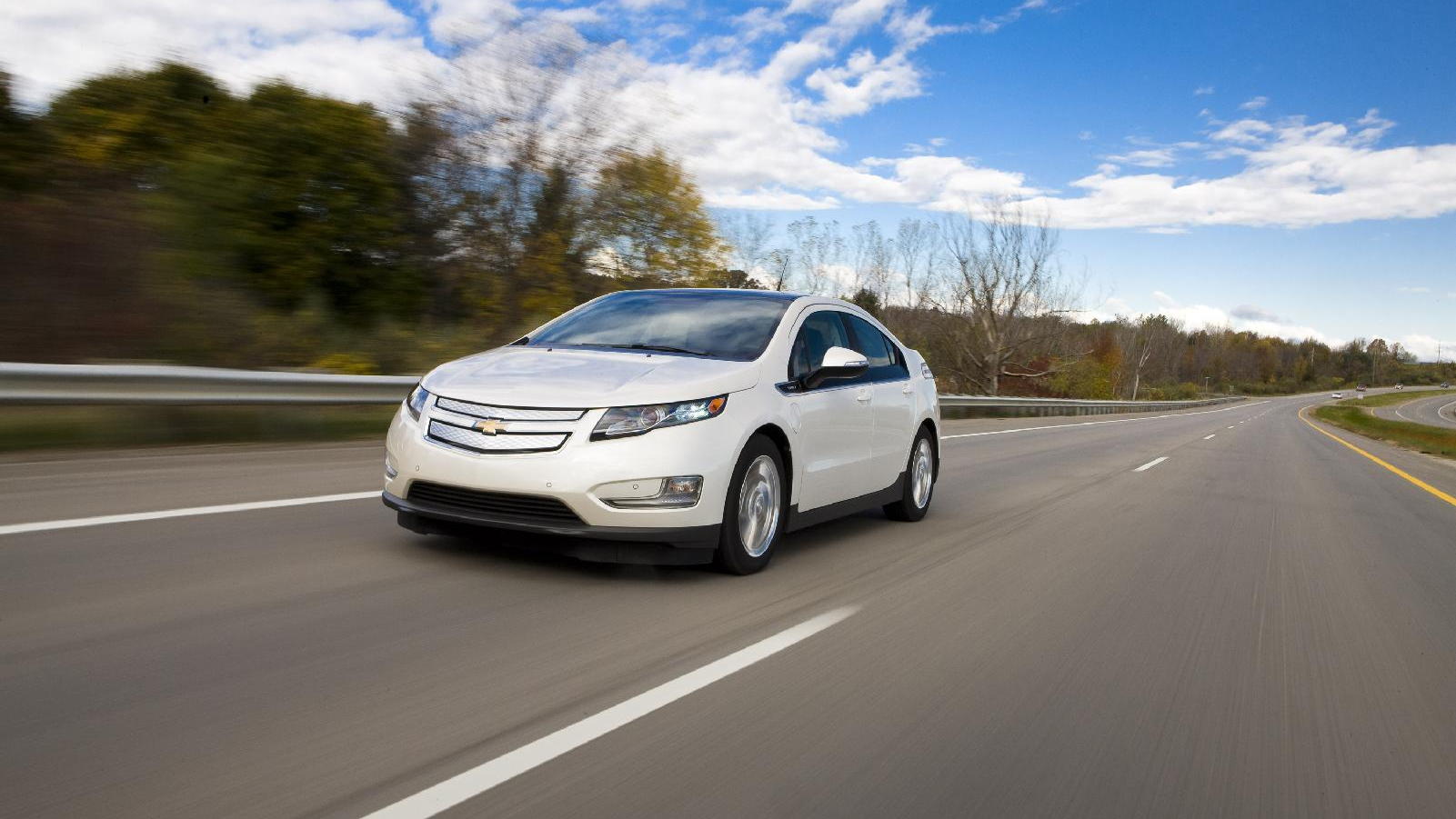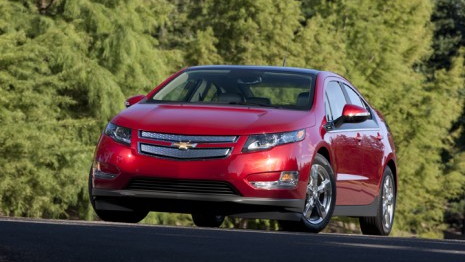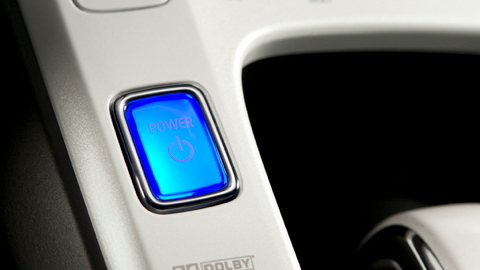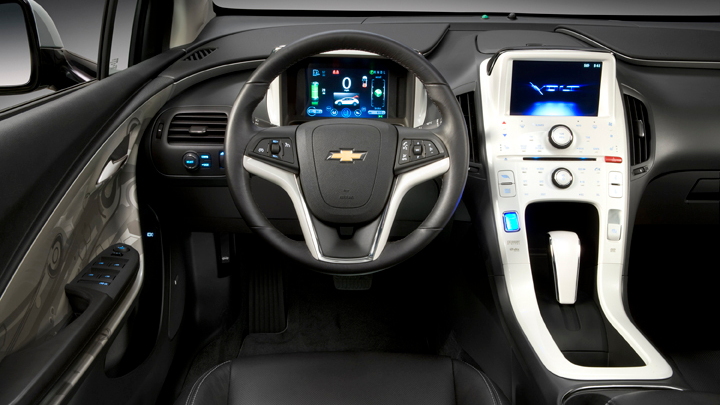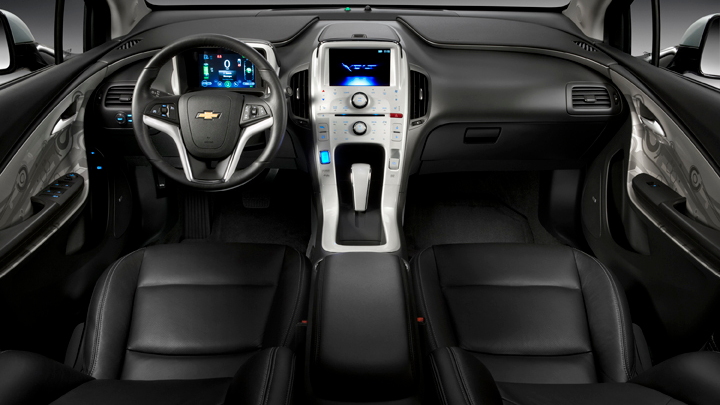The shenanigans continue. Just this week the Nissan LEAF was rated at 99 mpg-equivalent by the EPA, raising the ire of our own John Voelcker--and justifiably so. Today, the Volt gets similar treatment and a similar rating, but only in EV mode. Add in the gas-only mode's 37 mpg rating and the combined average drops to 60 mpg.
Not that that makes much sense, either, really. The Volt's EV-only mode isn't, strictly speaking, EV-only since it will still draw some assistance from the gasoline range extender under certain conditions. Add to that the variability of the Volt's battery-powered range (GM states it as "25 to 50 miles") and you've got a recipe for incomprehensibility, especially when you mix in the fact that the mpg-equivalency rating involves a conversion factor from kilowatt-hours per mile.
So How Green Is It?
As for how green the Volt is, that also depends on how it's driven and where it gets its electricity, just like the LEAF. This is particularly true if the driver uses the Volt entirely within its EV range and never goes into gasoline-powered range-extended mode. It's just another complication factor if the vehicle's use includes both modes.
To further complicate matters specific to the Volt, we have the variable of ethanol fuel blends. Ten percent blends (E10) are now the norm across the country, with E15 possibly coming for 2007 and newer cars soon. That makes the conversion of energy content in a gallon of "gasoline" that much trickier, since ethanol contains less energy per unit volume than pure gasoline.
In other words, your mileage may vary. Widely.
That said, the EPA rates the Volt's tailpipe emissions at 84 grams CO2 per mile, putting it well ahead of theToyota Prius and toward the upper quintile of the range of vehicles currently on sale. In the "other air pollutants" category, the Volt rates six out of ten, with ten being best.
What About The Label?
Just as complex as the Volt itself and its many efficiency considerations is the EPA labeling that will go on the Volt. Containing "more information than any EPA label before it" according to GM, the Volt's EPA window sticker includes no fewer than five different "Charging Routine" examples, a conversion factor betweem kilowatt-hours per mile and mpgs (33.7 kWh per gallon of gasoline), four paragraphs of text to explain what it all means, and a header declaring it a "Dual-Fuel Vehicle: Electricity-Gasoline."
Check out the label for yourself, and weigh in below with your own take on what all of these EPA wranglings mean for electric, plug-in, dual-fuel, and other types of greener vehicles--and whether this attempt at simplification really simplifies anything at all.
[GM]
